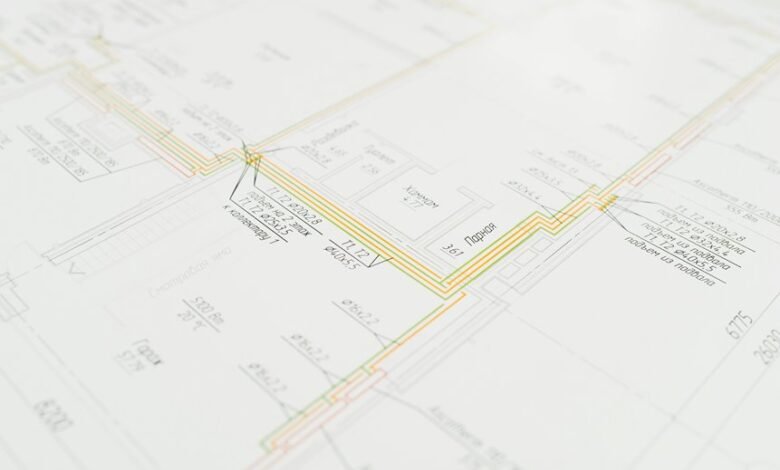3330459503 Latency and User Experience Mapping

Latency plays a pivotal role in shaping user experience. It can significantly affect how users interact with digital platforms. Understanding its nuances is essential for organizations aiming to improve satisfaction and engagement. By mapping latency, businesses can pinpoint inefficiencies that hinder performance. This analytical approach not only highlights areas for enhancement but also fosters a deeper connection between users and the technology they rely on. What strategies can organizations employ to effectively address these challenges?
Understanding Latency and Its Effects on User Experience
Although often overlooked, latency plays a critical role in shaping user experience across digital platforms.
Latency perception directly influences user engagement, as delays can frustrate users and diminish their satisfaction. Understanding how latency affects interaction timing reveals its impact on overall usability.
Tools for Measuring Latency
Numerous tools are available for measuring latency, each offering unique features that cater to various aspects of user experience analysis.
Latency measurement tools provide insights into response times, while performance monitoring solutions track overall system efficiency.
Strategies for Reducing Latency
Measuring latency is only the first step in enhancing user experiences; organizations must also implement effective strategies to reduce it.
Network optimization plays a crucial role by improving data transmission efficiency. Additionally, employing caching strategies allows frequently accessed information to be stored closer to users, minimizing retrieval time.
Together, these approaches empower organizations to create seamless, responsive digital environments that resonate with users’ desires for freedom and efficiency.
Case Studies: Successful Latency Mapping in Action
As organizations increasingly recognize the importance of latency mapping, several case studies illustrate the tangible benefits of implementing targeted strategies to enhance user experience.
By employing innovative mapping techniques, companies have successfully reduced response times and improved customer satisfaction.
These examples underscore the critical role of latency mapping in fostering seamless interactions, ultimately empowering users to navigate digital environments with greater ease and freedom.
Conclusion
In conclusion, effective latency and user experience mapping is not merely a technical necessity; it is the lifeline of digital engagement, transforming frustrating delays into instantaneous interactions that feel almost magical. By employing robust measurement tools and innovative strategies, organizations can significantly enhance user satisfaction and foster a deeper connection with their platforms. As demonstrated through compelling case studies, prioritizing latency management is essential for creating seamless digital experiences that resonate profoundly with users’ expectations and desires.




